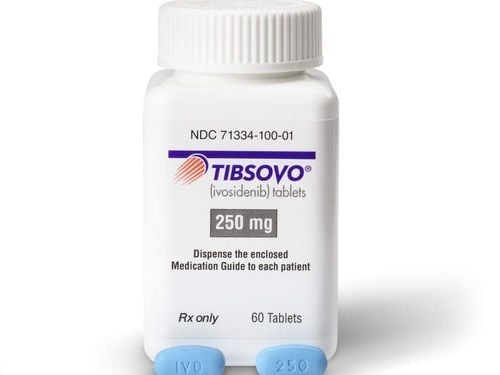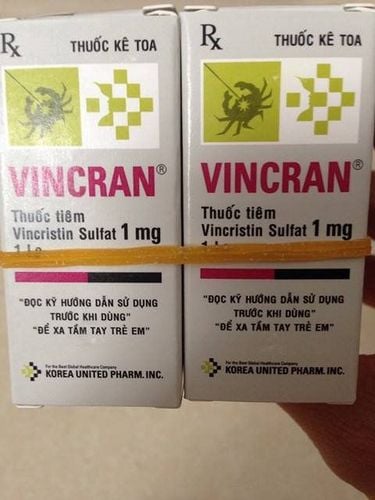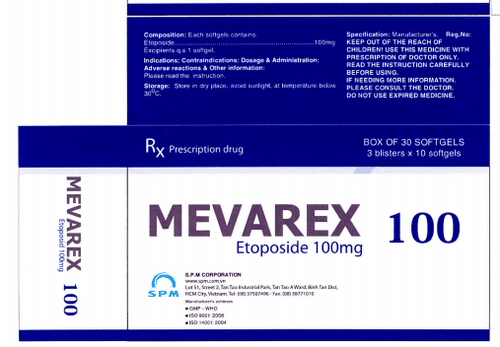This is an automatically translated article.
Mononucleosis is a viral infection, mainly transmitted by contact with the saliva of an infected person. This is not a very serious disease and most people who get it will develop antibodies, immunity to the disease for life.
1. White blood cells overview
1.1 Characteristics of white blood cells
White blood cells circulate in the circulatory system, helping the immune system fight infections. White blood cells are produced by stem cells in the bone marrow. When the body experiences inflammation or infection, white blood cells stored in the bone marrow are released to fight the infection. There are three main types of white blood cells: granulocytes, lymphocytes, and monocytes.
1.2 What are monocytes?
Monocytes make up 2 - 8% of the total white blood cells in the body. They are present when the body fights a chronic infection. The monocytes will target and destroy the cells that cause infection, contributing to the protection of health.
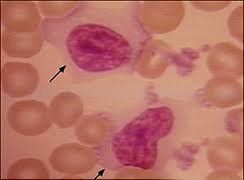
Bệnh bạch cầu đơn nhân do virus gây nên
2. Mononucleosis Overview
2.1 Concepts
Mononucleosis is a viral infection, also known as mono or kissing disease because the main mechanism of transmission is through contact with the patient's saliva or through contact with droplets when an infected person coughs. , sneezing,...
Complications of mononucleosis is swelling of the spleen. The disease is usually not serious, and most people who have had it develop antibodies that provide immunity to the disease for the rest of their lives. However, the disease can cause some rare and serious complications such as autoimmune hemolytic anemia, splenic rupture, myocarditis and pericarditis, transverse myelitis, encephalitis, Guillain-Barre syndrome, ...
2.2 Causes of disease
Epstein-Barr virus (EBV) is believed to be the most common cause of mononucleosis. This virus is spread through saliva when an infected person coughs, sneezes, kisses or shares food and utensils with an infected person. In addition, some cases of cytomegalovirus (CMV) mononucleosis.
All subjects are at risk of contracting this disease. However, the disease is more common in the 15- to 17-year-old age group.
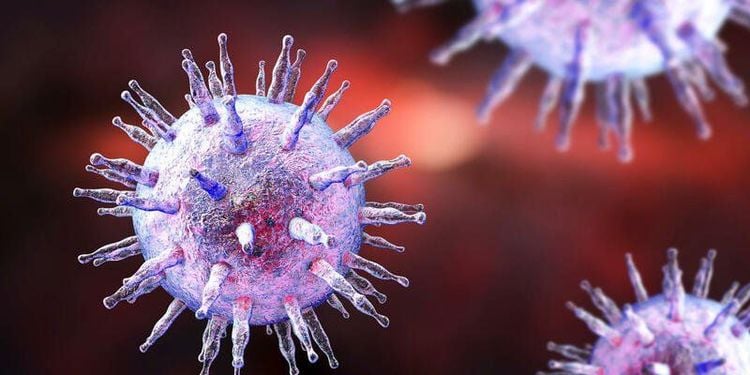
Bệnh bạch cầu đơn nhân do virus EBV gây ra
2.3 Symptoms of the disease
Common symptoms of mononucleosis include: Fatigue, sore throat, headache, swollen lymph nodes, swollen tonsils and white or yellow coating on tonsils, fever, loss of appetite, rash , muscle pain, enlarged spleen, sore throat,... Less common symptoms include: Chest tightness and shortness of breath (lung damage), stiff neck, jaundice, nosebleeds, heart palpitations or confusion. heart rhythm (myocarditis), photosensitivity, renal failure due to interstitial nephritis,...
2.4 Diagnosis of mononucleosis
Ask for medical history, check health; Examine the patient's neck, throat, and abdomen for swelling of the tonsils, lymph nodes, and spleen; Blood tests are done to look for antibodies that indicate mononucleosis and to see if the person has other conditions. Commonly performed tests include: Monospot test (heterophil test) and EBV antibody test; Differential diagnosis with: exudative pharyngitis, soft tissue infections of the head and neck, carbamazepine hypersensitivity syndrome, mycoplasma infection, cytoplasmic virus infection, toxoplasma,...

Xét nghiệm máu giúp chẩn đoán bệnh
2.5 Treatment of mononucleosis
If symptoms worsen, the patient will be prescribed steroid medicine (prednisone); Drink more water, rest more; Gargle with warm salt water 3-4 times a day to soothe the throat area; Reduce pain and fever by using acetaminophen or ibuprofen as prescribed by your doctor; If the spleen is swollen, avoid participating in strenuous activities such as playing sports or doing heavy work. To prevent and limit the progression of mononucleosis, the patient should adhere to the following notes:
Inform the doctor if the patient is using drugs, has shoulder pain or stomach pain; Seek medical attention immediately if fever over 39°C, symptoms do not improve or worsen after 2 weeks of treatment; Avoid kissing, eating, or sharing items with the patient; Wash your hands often, especially after using the toilet and before eating; Refrain from participating in sports activities until the illness is cured.

Người bệnh cần chú ý vệ sinh bằng cách thường xuyên rửa tay bằng xà phòng
Uncomplicated mononucleosis, fever resolves within 10 days, swollen lymph nodes and spleen shrink within 4 weeks, and fatigue lasts no more than 3 months. There are few cases of patient death (usually only when splenic rupture or hypersplenism). However, each person still needs to be careful with this disease, quickly go to the doctor if there are warning symptoms of the disease to promptly diagnose and treat the right regimen.
Vinmec International General Hospital with a system of modern facilities, medical equipment and a team of experts and doctors with many years of experience in medical examination and treatment, patients can rest assured to visit. examination and treatment at the Hospital.
Please dial HOTLINE for more information or register for an appointment HERE. Download MyVinmec app to make appointments faster and to manage your bookings easily.
MORE
Common Types of Leukemia What is the number of white blood cells in the body? Granulocytic Leukemia (CML): Causes, Symptoms, Diagnosis, and Treatment




